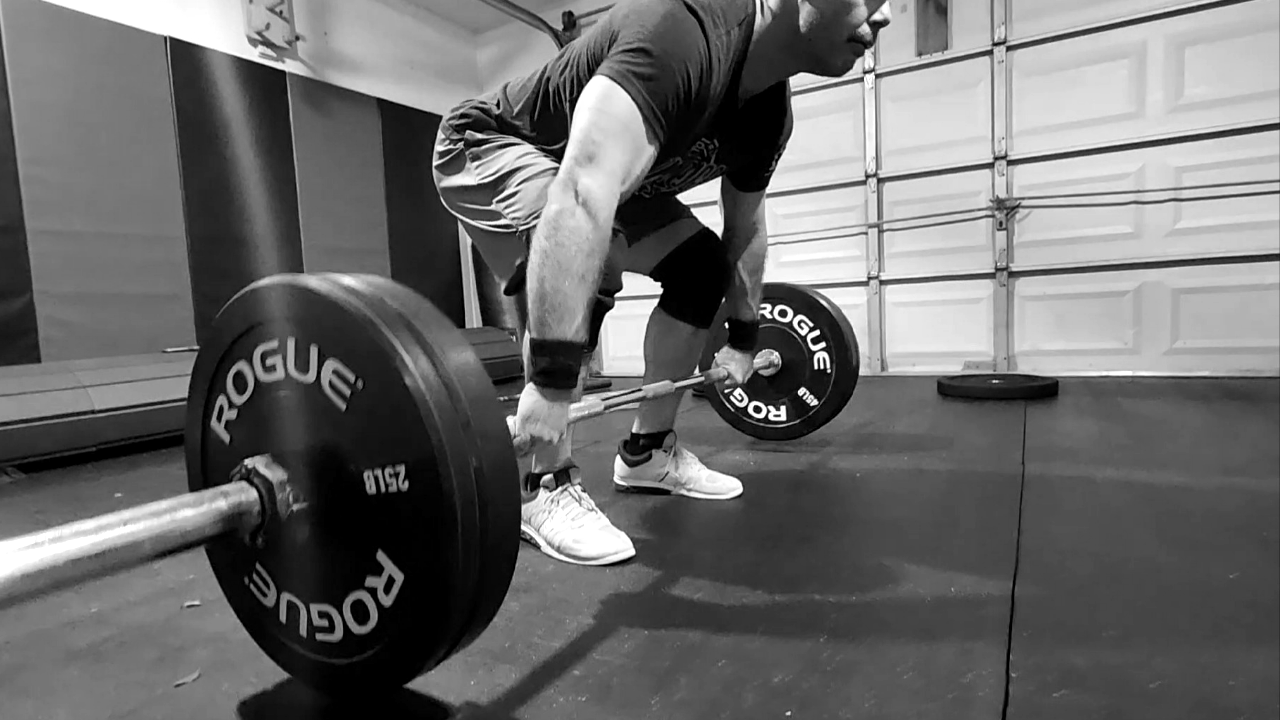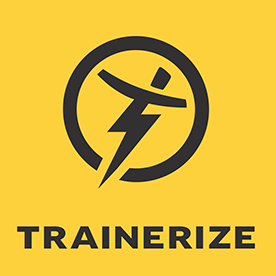Best Strength Training For Wrestlers

Wrestling matches are won and lost based on an athlete's ability to control their opponent, generate force, and maintain their performance over an extended period of time. If skills and conditioning are equal, the stronger wrestler will win. Strength training is a necessity for wrestlers who want to see their full potential and be as successful as possible in the sport.
Strength training is essential for improving an athlete's overall physical capacity including power, endurance, and speed. Wrestling requires athletes to use a wide range of movements and muscle groups, including pushing, pulling, twisting, bending, and jumping. To perform at their best, wrestlers need to develop functional strength that can be applied to these movements in a sport-specific context.
Strength training also helps to improve an athlete's injury resilience and longevity. Wrestling places a significant amount of stress on the body, and athletes who are not adequately prepared for this stress are at risk of developing injuries. Strength training helps to improve joint stability, muscle strength, and mobility, which can help to reduce the risk of injury and improve an athlete's ability to recover from injury.
Furthermore, strength training will help to improve an athlete's mental toughness and confidence. Wrestling is a mentally challenging sport that requires athletes to push themselves beyond their physical limits. Through strength training, athletes can develop the mental resilience necessary to overcome physical and mental barriers.
Table of Contents
- Top 5 Strength Moves for Wrestlers
- Periodization for Wrestling Strength
- Bodyweight Moves for Wrestling Power
Top 5 Strength Moves for Wrestlers
The athlete’s body needs to be strong in these fundamental motor recruitment patterns: push, pull, squat, hip hinge. To build explosive power and strength, wrestlers should incorporate these top 5 exercises into their training regimen:
- Squats - Develop lower body strength, hip drive, and core stability.
- Deadlifts - Strengthen posterior chain muscles, grip strength, and core stability.
- Bench Press - Build upper body pushing strength, pectoral and triceps development.
- Pull-ups - Enhance upper body pulling strength and back muscle development.
- Cleans and Snatches - Improve total body explosiveness and power output.
Incorporating these movements into a wrestler’s training program can be as simple as choosing one of these movements per day, then executing 3-5 heavy sets after wrestling practice.
| Exercise | Target Muscles | Technique Tips |
|---|---|---|
| Squats | Quads, glutes, hamstrings, and core | Maintain proper form; keep chest up and knees tracking over toes |
| Deadlifts | Hamstrings, glutes, lower back, and grip | Keep a neutral spine; engage lats and brace core |
| Bench Press | Pectorals, triceps, and anterior deltoids | Retract shoulder blades; engage lats for stability |
| Pull-ups | Lats, biceps, and upper back | Engage scapula; maintain a full range of motion |
| Cleans and Snatches | Total body explosiveness | Focus on hip drive and triple extension; catch the bar in a quarter squat position and full squat position |
Periodization for Wrestling Strength
Periodization involves structuring your training program into distinct phases, each with specific goals and adaptations. It is important to note these phases have more similarities than differences. Do not make the mistake of completely eliminating strength training during the competition phase, for example. Here's an example of a periodized plan for wrestlers:
- General Preparation Phase - Focus on building a solid strength and power base and improving general conditioning.
- Pre-Competition Phase - Sharpen technique and peak physical conditioning.
- Competition Phase - Maintain strength and power while focusing on competition performance.
- Transition Phase - Allow for recovery and restoration before beginning the next training cycle.
Bodyweight Moves for Wrestling Power
In addition to improving functional strength and neuromuscular coordination, bodyweight exercises also help wrestlers develop body control and awareness. Being able to control one's own body is essential before trying to control someone else's body in wrestling. Bodyweight exercises require athletes to move their own bodyweight through various planes of motion, which helps to improve proprioception and spatial awareness. This, in turn, helps wrestlers develop better body control and movement efficiency, which are critical for success in the sport.
Incorporate these bodyweight exercises into your training routine to build functional strength without the need for equipment:
- Push-ups - Strengthen chest, triceps, and shoulders.
- Pull-ups - Develop upper back and arm strength.
- Bodyweight Squats - Improve leg and core strength.
- Bodyweight Lunges - Improve leg strength for shooting.
- Box Jumps- Increase explosive leg strength, balance and agility
- Sit-Ups - Increase hip flexion strength, core stability, and endurance.
- Burpees - Increase total body conditioning and explosiveness.
By incorporating these top strength moves, periodization techniques, bodyweight exercises, wrestlers can maximize their strength and performance while minimizing the risk of injury. Commit to a well-rounded training program and prioritize proper technique and recovery to ensure long-term success in the sport of wrestling.




